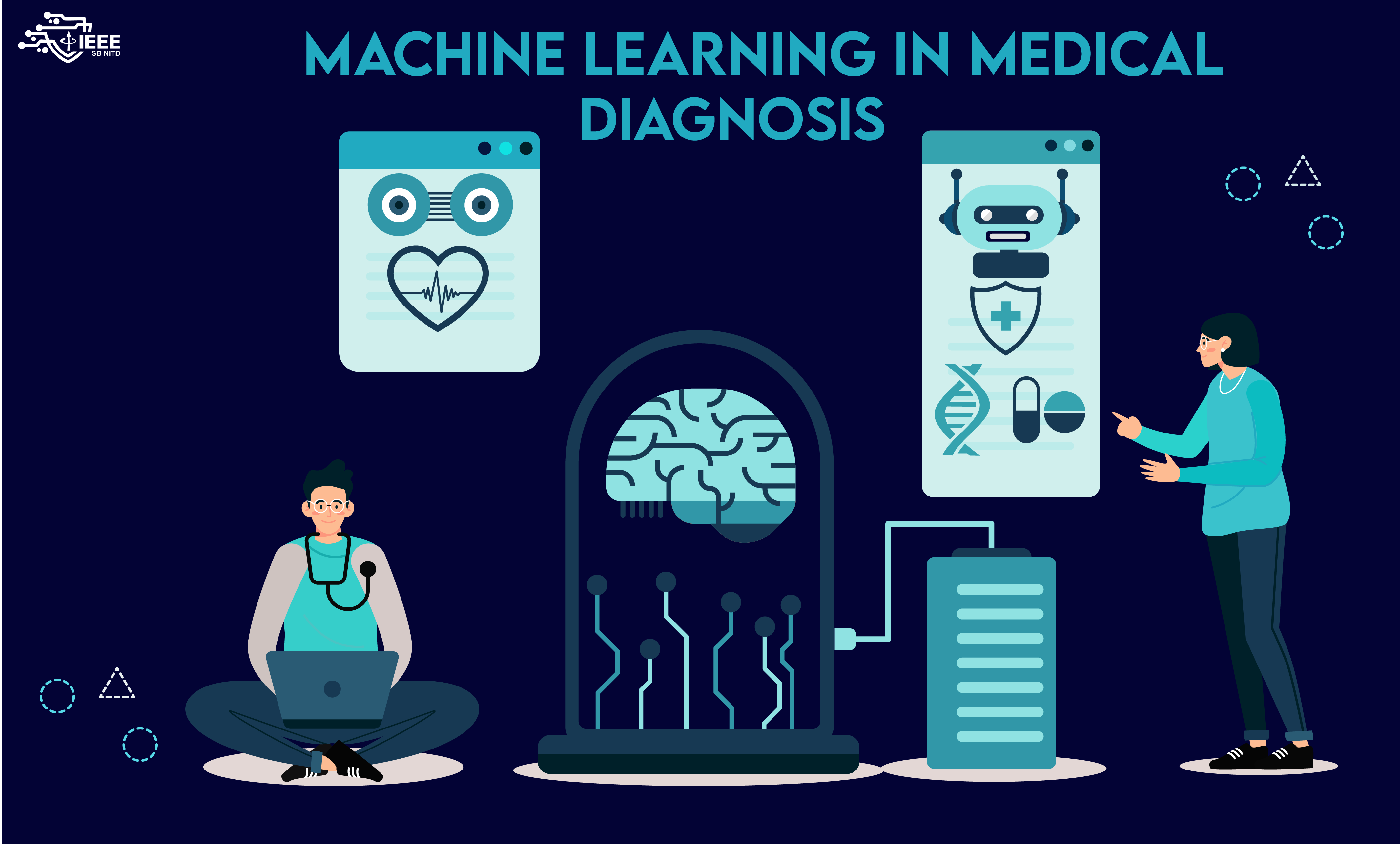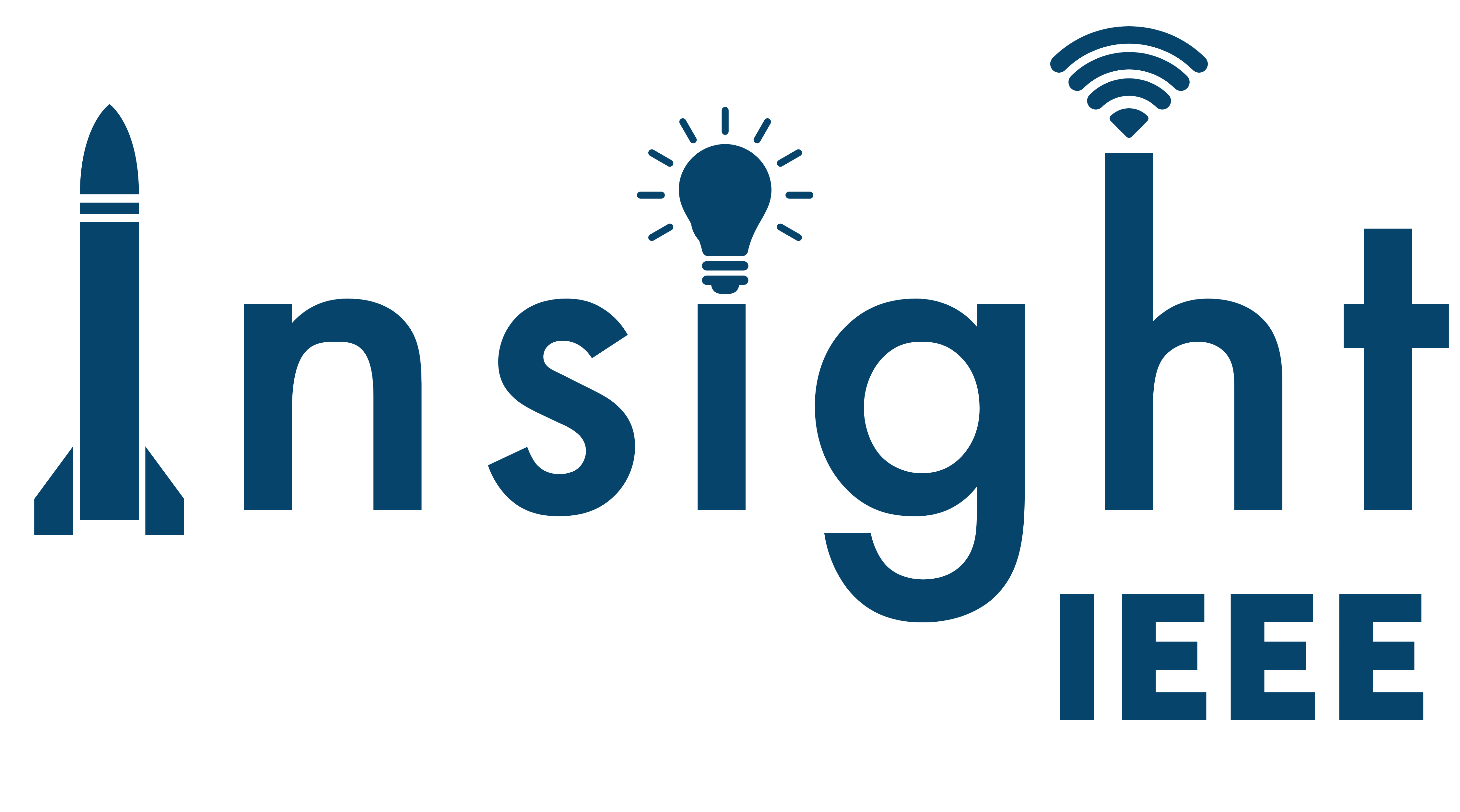Machine Learning in Medical Diagnosis

Ever wondered how Machine Learning can reduce the work of thousands of people and do a much more efficient job?
Machine Learning

Yes, Machine Learning can do it. But why use it when you can do the work yourself?
Well, think that you are given to check 1000 emails and label them as spam or ham. Scared already by the number? Even if you finish the work will you be as confident about the last few copies as you were about the first few, that you did with utmost enthusiasm and energy? No, right? And also, think about the time that passed in doing so when you could have done much productive work during that time. Having a loss-loss situation? This is where Machine Learning plays a huge hand, not only it does the same work in a much much smaller time but also, it is consistent ie. it will do the last one with as much accuracy as the first one.

This was just a mere example where Machine Learning shows its blessings. In the real world, it is used in fields like business, IT, automotive, food, installations and energy management, ceramic and medical diagnosis.
Medical diagnosis? Maybe, you can relate the other fields with Machine Learning but medical diagnosis? Can a Machine Learning algorithm be used and trusted in such a delicate and important field?
The answer is YES!!
Machine learning allows us to build models that bring together different data types into a single model to better diagnose diseases than modern technology.
Objectives
The analysis of clinical data enables us to understand the biological mechanisms that underlie diseases and the way risk factors influence their development. Thankfully, a large amount of data is currently available to clinicians, ranging from details of clinical symptoms to various sorts of biochemical assays and outputs of imaging devices.
The types of data that could be useful to make an accurate medical diagnosis using machine learning:
-
Disease data: Physiological measurements and knowledge about known diseases or symptoms that an individual has experienced.
-
Environmental data: Information about an individual’s environmental exposures, like smoking, sunbathing, weather conditions, etc.
-
Genetic data: All or key parts of the DNA sequence of an individual.

Uses
We may get wrong test reports often from human interpretation. In times of pandemics, when our medical staff is working non-stop to serve us despite having their own issues, it is obvious to get 10-12 wrong prediction results among heaps of tests.
Machine Learning algorithms can help in diagnosing diseases from scans and x-rays in a much more efficient manner than humans as they are consistent and less time-consuming.
Hence it can be widely used in :

-
Oncology: In oncology, the importance of detecting a malignant tumor on time is vital. Hence, the accuracy and precision of the diagnosis are crucial in this field. Machine learning helps oncologists detect the disease at its earliest stages and can accurately determine if it’s malignant or benign in milliseconds.
-
Pathology: Given the worldwide shortage of pathologists, there’s a considerable need for adopting machine learning to make progress in this field. The need to process large datasets also makes Pathology extremely lucrative for AI implementation.
-
Dermatology: In dermatology, artificial intelligence is used to improve clinical decision-making and ensure the accuracy of skin disease diagnoses. Physicians hope that the implementation of machine learning in this field will reduce the number of unnecessary biopsies dermatologists need to put patients through.
-
Genetics and genomics: Recently, artificial intelligence has helped geneticists progress significantly in the transcription of human genes. The Human Genom Project is the poster case of healthcare and technology joining forces for potentially revolutionary research, but it is not the only means to use machine learning in medical diagnosis.
-
Eyecare: The diagnosis of Ophthalmology conditions has a lot of room for machine learning optimization. In 2018, a system for improved diabetic retinopathy detection by extracting the area and number of microaneurysms using color fundus images from the DIARETDB1 dataset was proposed. Pre-processing of fundus images was performed using green channel extraction, histogram equalization, and morphological process.

In addition to these, it can also be used in neurology, mental health, critical care, diabetes, public care, and many more that are still under research.

Conclusion
Hence, Machine Learning has many benefits in medical diagnosis as it helps to:
-
FIND RISK FACTORS
-
INCREASE DIAGNOSIS EFFICIENCY
-
REDUCE UNNECESSARY HOSPITAL VISITS
The study of relevant factors and different types of data jointly allows practitioners to diagnose diseases more effectively.
References
- https://fayrix.com/blog/ten-use-cases-of-machine-learning-for-medical-diagnosis
- https://www.neuraldesigner.com/solutions/medical-diagnosis
Note : Utmost care has been taken to credit the original authors/sources and to make these as apt as possible.


 Never miss a story, subscribe to our newsletter
Never miss a story, subscribe to our newsletter